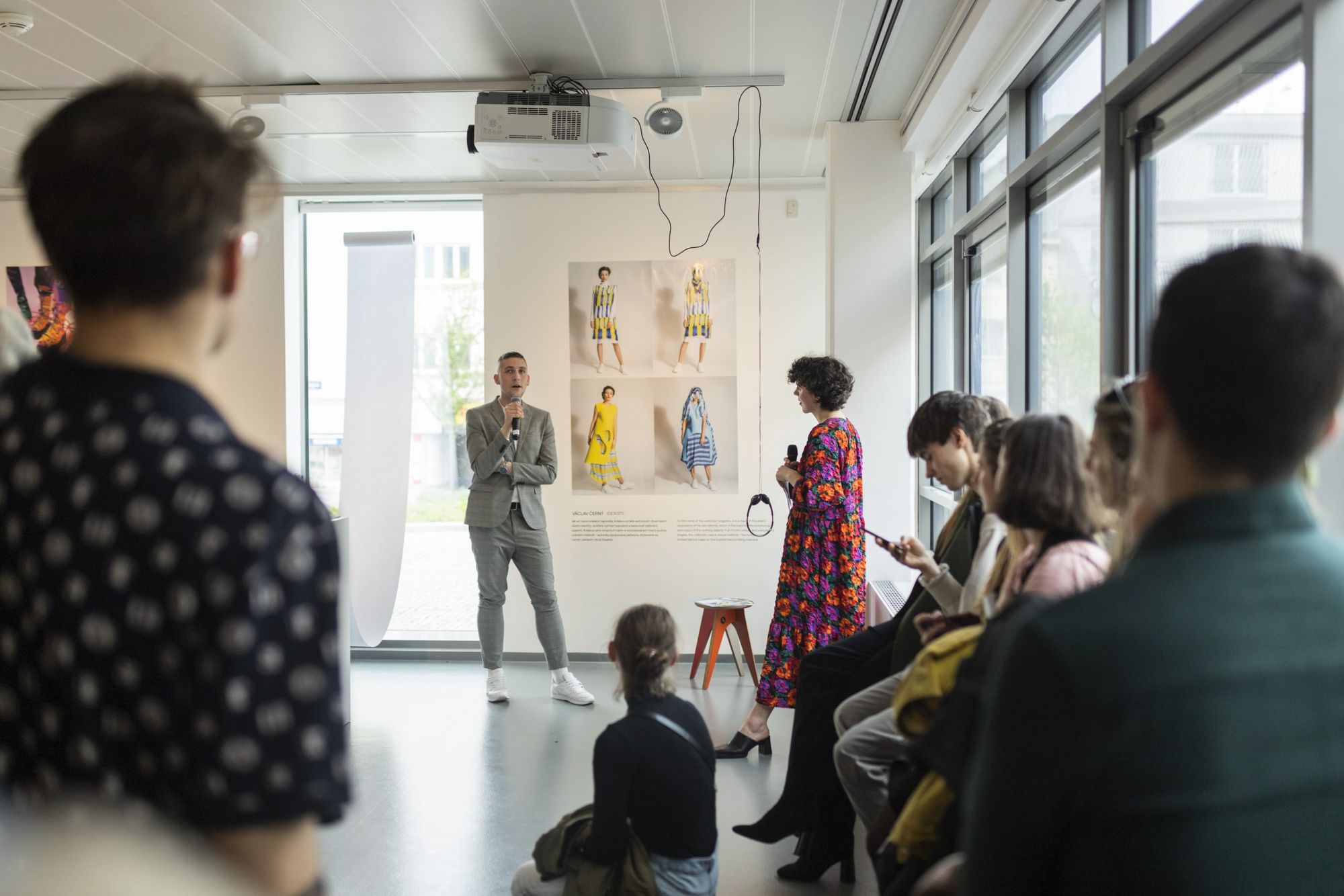If you have heard of Baťa shoes, you should also know the city of Zlín: at the beginning of May, in the Czech industrial city, everything was about design—the design that is universal, without showing off or glamour. Our personal report about Zlin Design Week, where we also learned that the yellow, electric ticket control device installed on the buses in Budapest is thanks to a designer from Zlín.
I have to say, I’m biased in favor of the Czechs. If we talk about design (and its perception), we Hungarians are several decades behind the Czechs. Willingly or unintentionally, if I visit the Czech Republic or just check out the contents of the most read Czech design portal, czechdesign, I always feel an immeasurable sadness (“Why do we not have this in our home?”) and longing (“I wish we could have that!”) so that I could then start planning with confidence or come to terms with the feeling of helplessness. However, I can say with certainty that the Czech design landscape never leaves a man unconcerned—not even a person who is merely the recipient of an exhibition or event, and certainly not a person who considers it their mission to do something (even if to the slightest extent) to improve the Hungarian design scene. Just like last year’s Designblok, I came home from the Zlin Design Week event with exactly the same feelings (we wrote about the 2021 Designblok together with the editors of Hype&Hyper here—the Ed.)
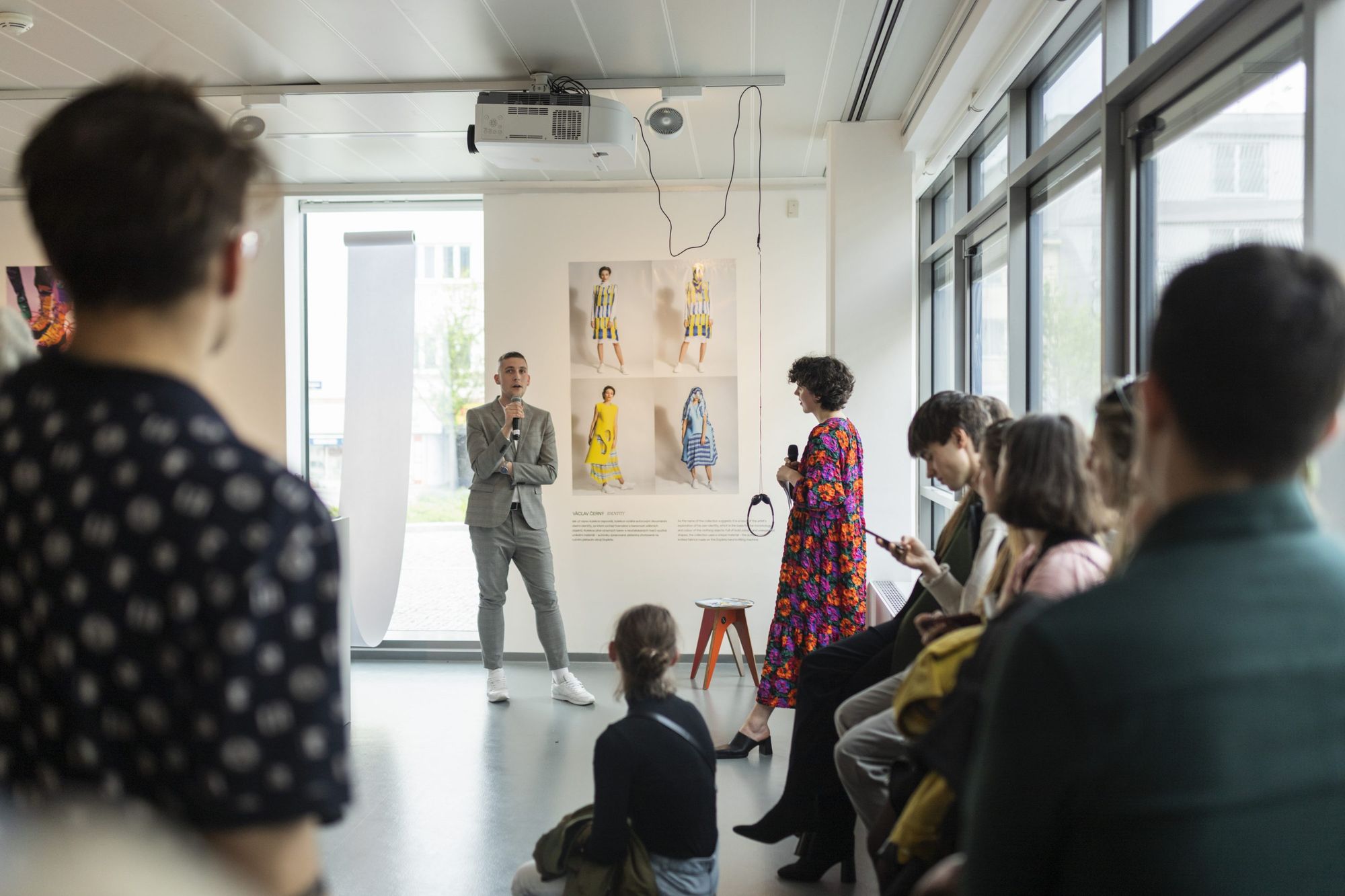
Although we only spent a long weekend—immediately on the first days of the festival—in Zlín, this extra short period was also thought-provoking for me in many respects. I discovered Zlin Design Week (hereinafter: ZDW) two years ago—based on the video posted on the website, I felt that it was a cool event that I had to see once. I was not only impressed by the visuals projected on industrial buildings, the design containers set up in various urban spaces, but more impressed by the inclusive environment, and the many, bright-eyed visitors, whom I felt close to me in the blink of an eye.
We did not know much about the city of Zlín, only that it is the capital legacy of the shoe manufacturer Tomáš Baťa (someone from the group of friends called the Czech polymath entrepreneur Elon Musk at the time). And here is the first thought-provoking phenomenon: Baťa, who flourished the city, is surrounded by the greatest respect, for whom a unique memorial site was built based on the plans of architect F. L. Gahura in 1933. But it is not only this functionalist building on the hilltop that needs to be mentioned when we look at the architectural-urbanist aspects of Zlín: in the period between the two world wars, 2000 brick houses were built for the workers of the shoe factory, which are still an integral part of the urban fabric today. For those who are more interested in Zlín’s architectural heritage, we recommend the Zlin Architecture Manual site, where you can find a lot of useful information in English.
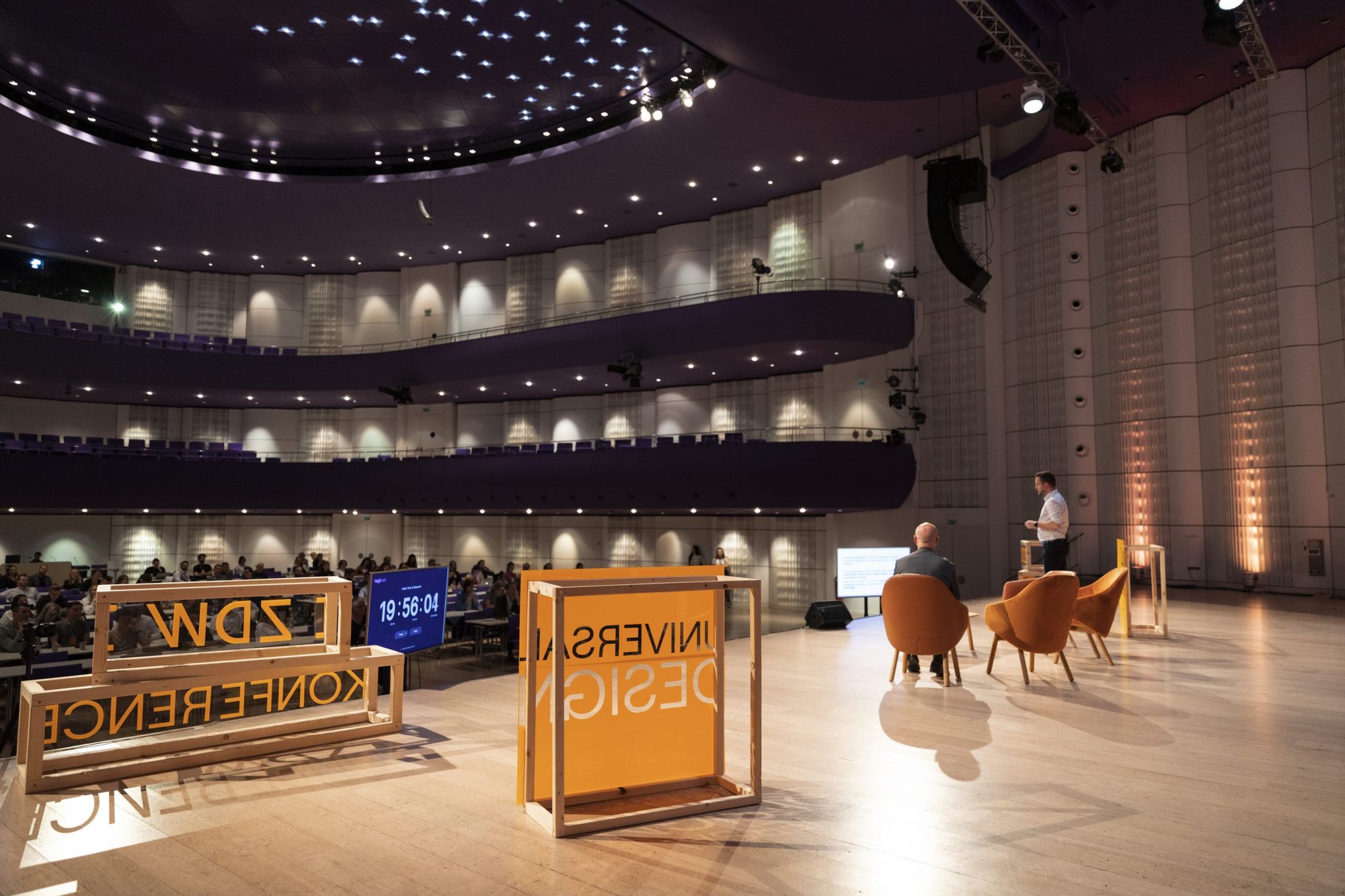
But let’s turn to the ZDW, which awaited the visitors with professional roundtable discussions and workshops too. At a Saturday morning panel discussion, I was sitting in the castle building in Zlín: at the Design KANTÝNA event, the editor-in-chief of the Czech ELLE Decoration, Eva Slunečková, and Bára Alex Kašparová, editor-in-chief of Artikl magazine, shared useful tips on what to do as a novice design brand if it wants to get on the various media platforms. As I learned, there is something to be improved in the self-marketing of the students at the Czech design university, however, the task is not impossible, as the editors themselves are curious about what is happening with the designers, so consistent communication, authentic, informative press materials compiled in a tasteful form, will eventually achieve their goal.
We visited two of the exhibitions of ZDW: the exhibition presenting a hundred years of design in Zlín (“Sto let zlínského designu”) and the exhibition presenting the works of the designers who made it to the shortlist of Best in Design. In connection with the former, it became clear that the well-known yellow, electric ticket control device from the Budapest buses is due to Ondřej Podzimek, a Zlín designer (the device was designed in 1997), but we have also seen a number of products that have since been performing on the market as a product (such as the tea accessories designed by Jan Čtvrtník for IKEA from 2007, or the bird feeders and birdbaths of the young Jiří Maxmilián Blšták named “ROBIN” for the Czech company Plastia).
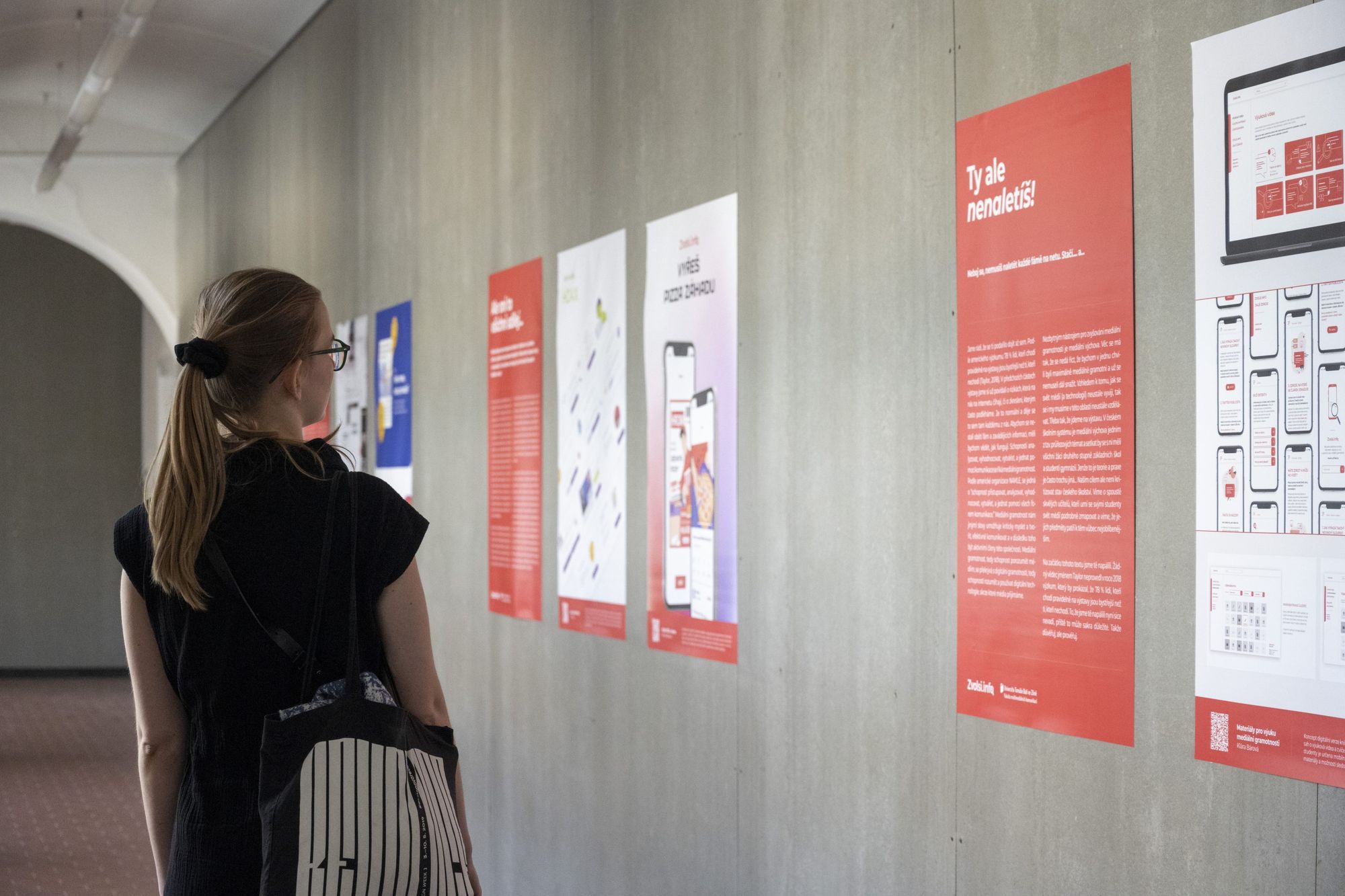
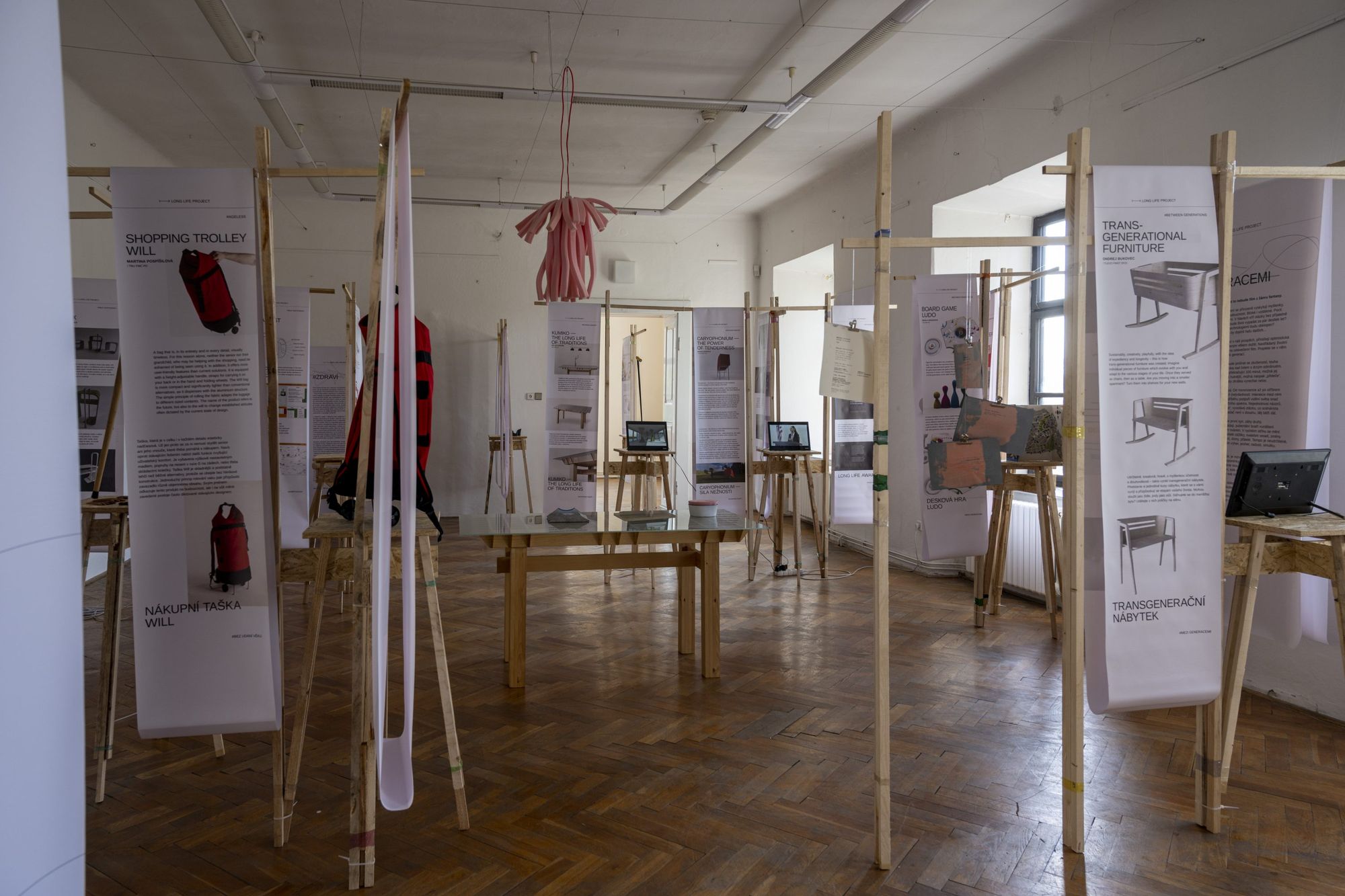
The exhibition of the finalists of the international Best in Design competition was also inspiring. We liked Petra Kmošt’áková’s inclusive tableware, but we were also pleased to see Kristýna Mikolášková and Tereza Drobná’s (Mikolášková&Drobná) “Scene” collection. In addition to the many talented designers under the age of thirty, we also noticed a remarkable inscription: “Instead of portraying Czechness as negotiating between the West and the East, we celebrate it as an integral part of a multifaceted European identity.”


The official opening ceremony of the ZDW and the announcement of the results of the Best in Design competition, accompanied by a symphony orchestra, took place in the local theater at the same time in a cheerful and elevated atmosphere. The casual elegance typical of the Czechs appeared both in the script of the evening and in the clothes. I felt similar to watching the Czech Grand Design broadcast (I told you about it here earlier—the Ed.), but seeing and feeling this enthusiasm and cohesive professional community in person was an uplifting experience for me. Anyone who bought a ticket to the ZDW could sit in the theater chairs and get excited and happy together with the representatives of the design industry, companies, the media, and young career entrant designers—there was no expectation of the suit and tie, the cocktail dress, and the invitation of the privileged ones (this year’s “Universal Design” motto of ZDW stood out in this form as well).
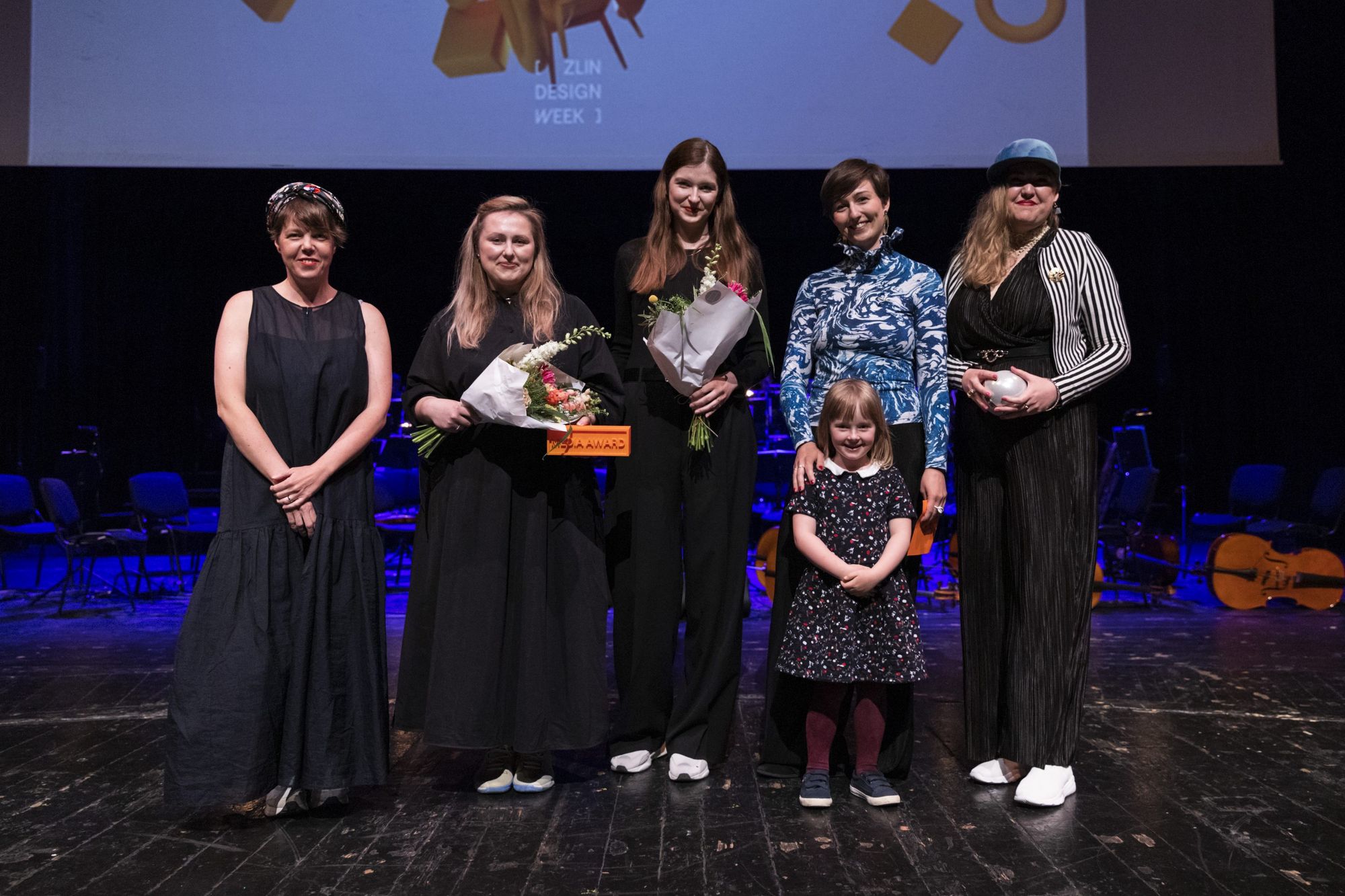
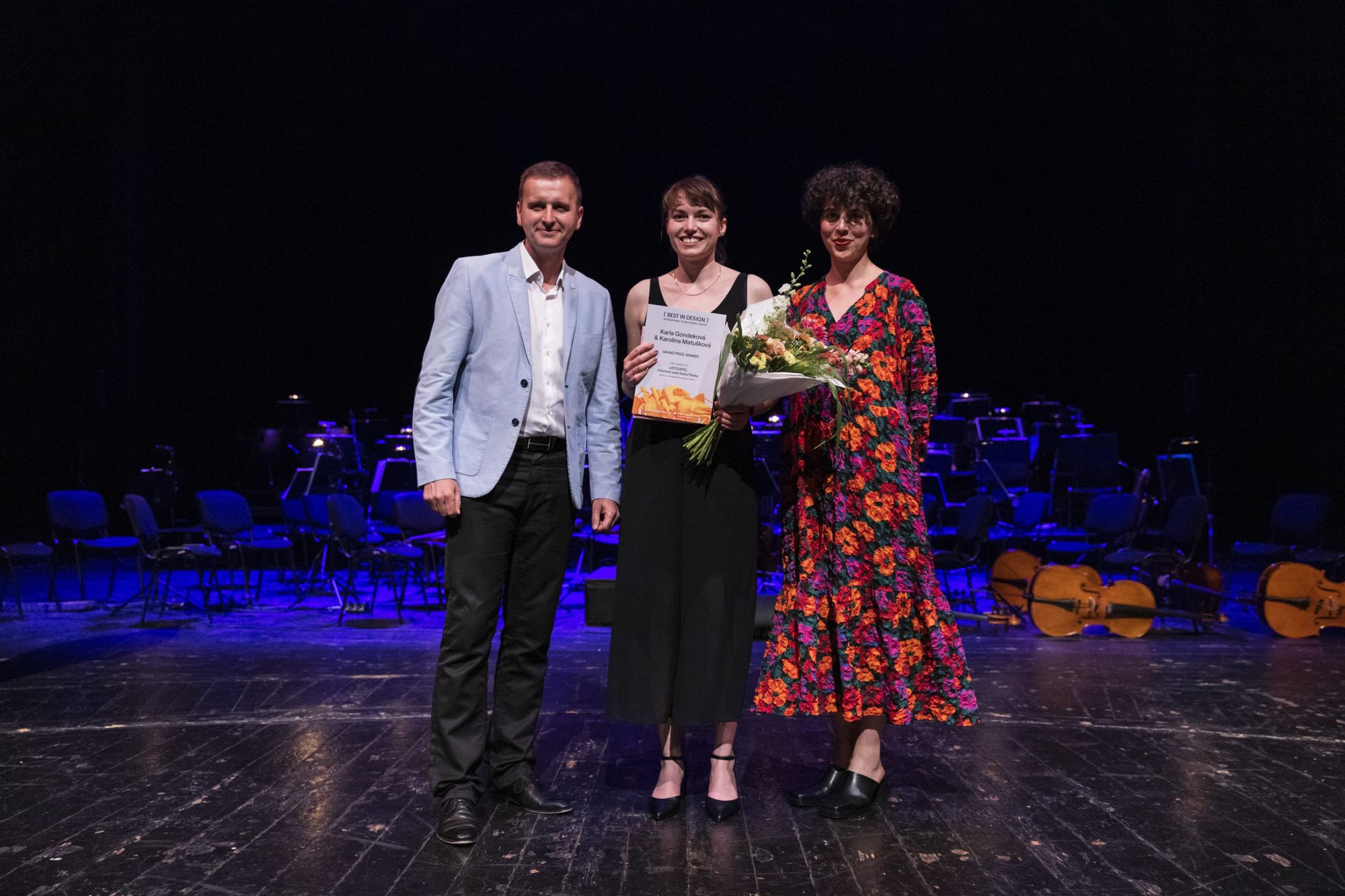
The talented musicians of the Police Symphony Orchestra were enthusiastic to perform Benny Goodman’s evergreen “Sing, sing, sing” and Billie Eilish’s “Bad Guy”. Wow! As I sat there, I sighed to myself several times: where sadly (“Why do we not have such a thing in Hungary?”), where confidently and eagerly (“I wish we had such a thing too!”).

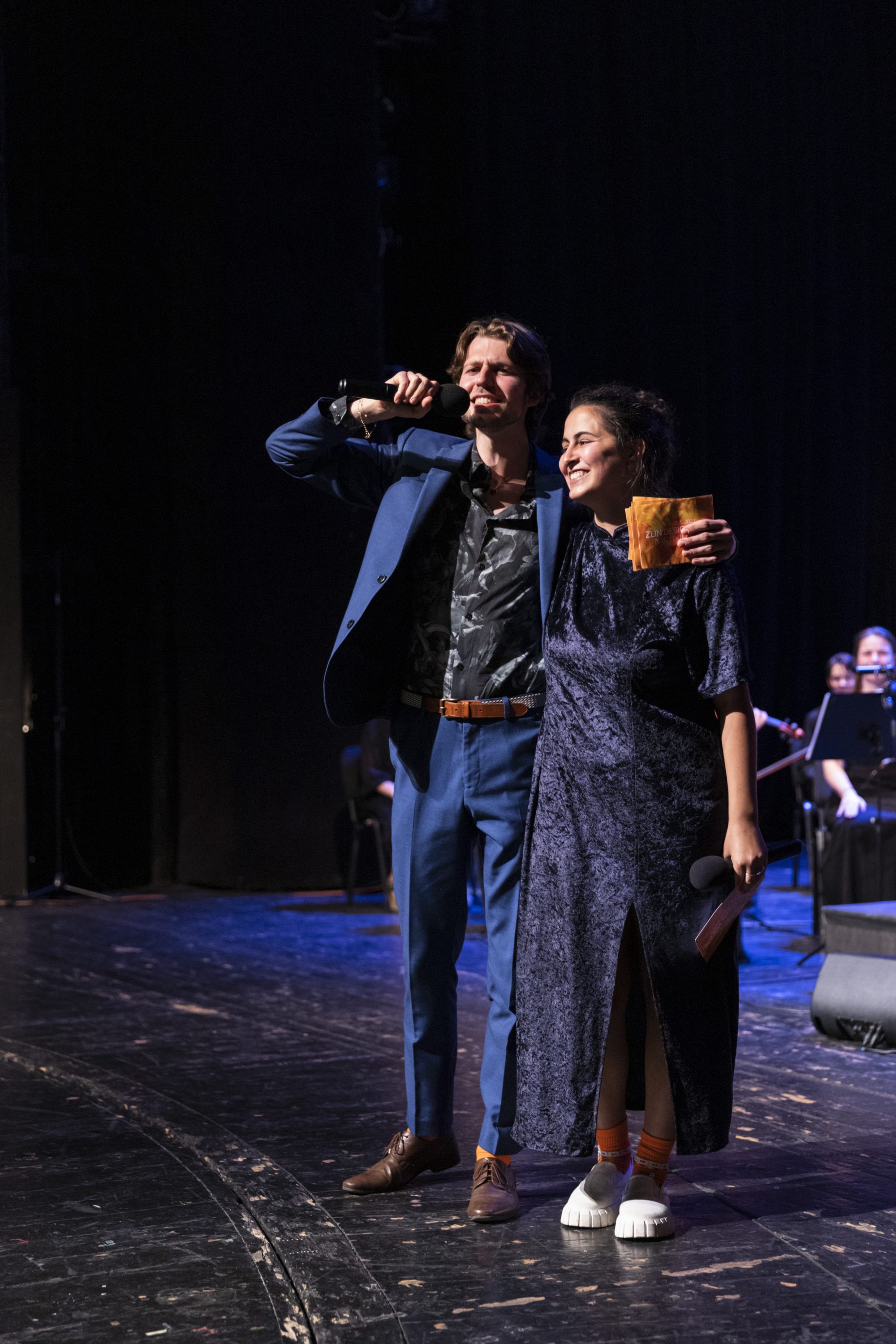
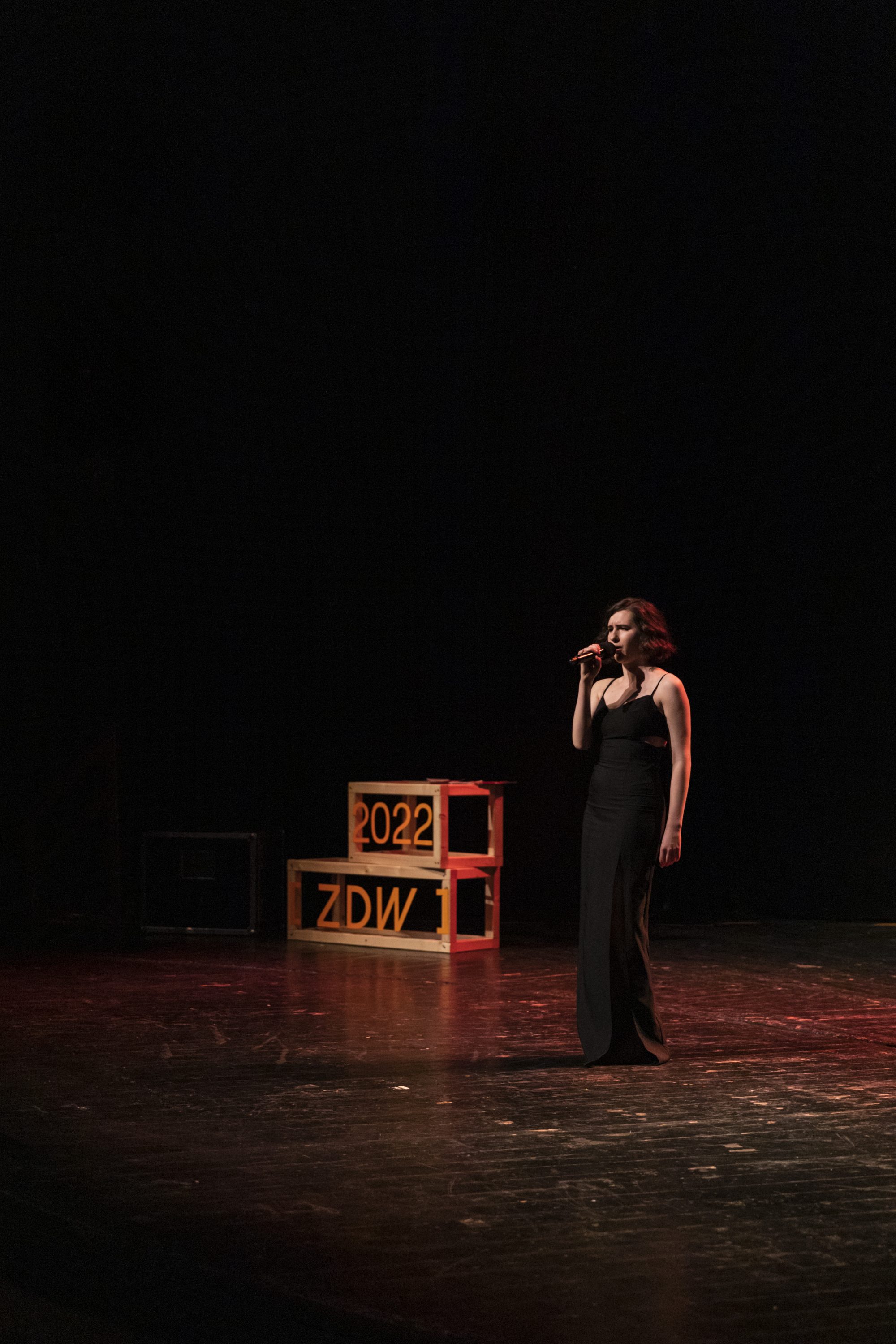

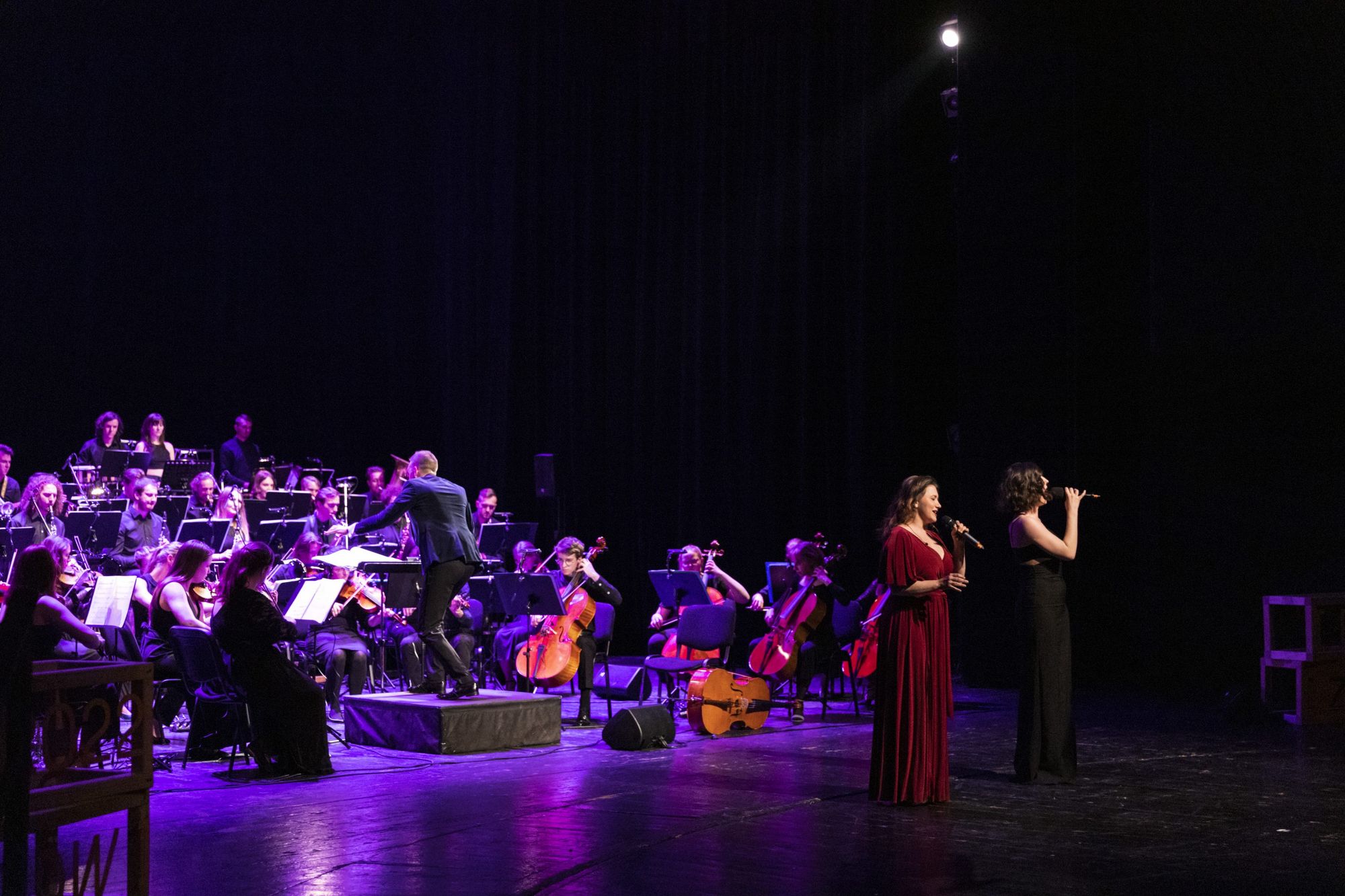
For those who are looking for a good atmosphere and meaningful design event where they can spend a few days (with or without friends), add Zlin Design Week to their calendar for next year (pro tip: get a USE IT map, which was specially compiled for young people coming here).
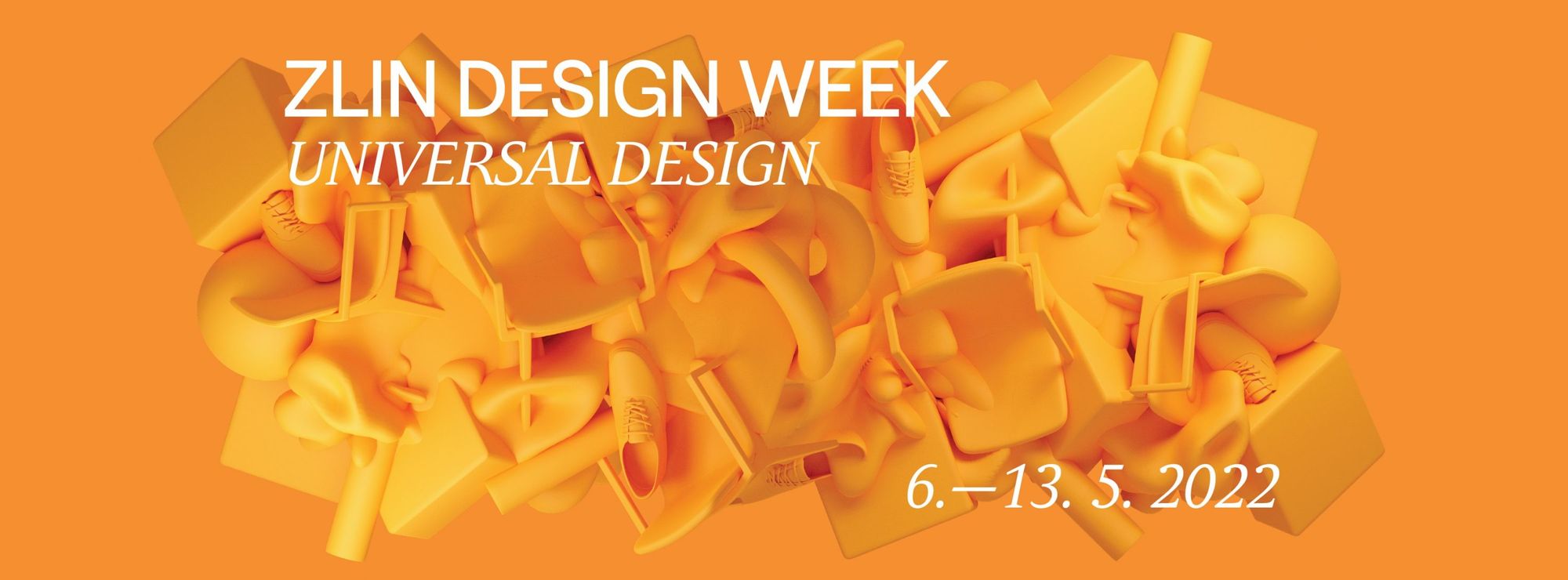
Photo: Zlin Design Week
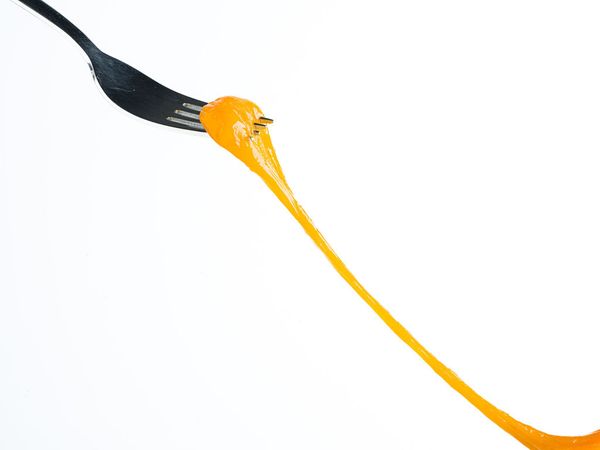
Twisted—Reverse food experiences

Cooling delicacies from Eastern Europe | TOP 5










